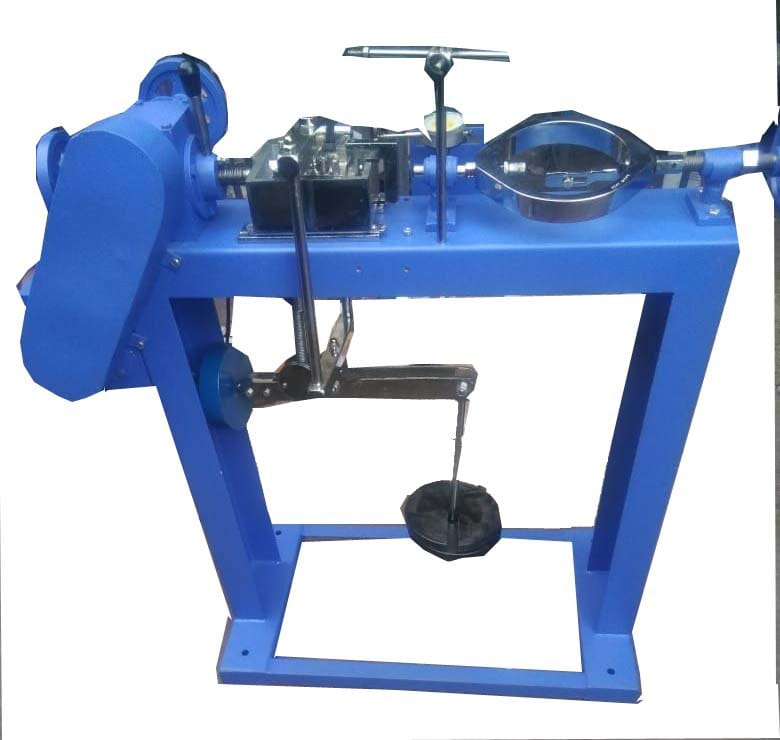
The Direct Shear Digital Apparatus is used to determine the shear strength parameters of soils and other materials. This apparatus measures the resistance of a soil sample to shear stress, which is essential for understanding soil stability and behavior under load in geotechnical engineering.
- Shear Box Assembly:
- The apparatus includes a shear box that holds the soil sample. The box is typically divided into two halves that can be displaced relative to each other to apply shear stress.
- Loading System:
- A loading system applies a normal load (vertical load) to the soil sample. This can be a mechanical or hydraulic system designed to apply a controlled load.
- Shear Mechanism:
- The shear mechanism allows for horizontal displacement of the shear box halves. This is often achieved using a motorized system or a hand-operated crank.
- Digital Display:
- Digital gauges or sensors are used to measure the shear stress and shear displacement. These digital displays provide accurate readings and simplify data recording and analysis.
- Normal Load Application:
- The apparatus includes a mechanism for applying and adjusting the normal load on the soil sample. This load is critical for simulating field conditions and understanding soil behavior under different loading scenarios.
- Shear Displacement Measurement:
- Digital displacement transducers or other sensors measure the horizontal displacement of the shear box halves. This helps in determining the shear strain and analyzing the shear strength of the soil.
- Sample Preparation Tools:
- Tools for preparing and placing the soil sample into the shear box are included. These tools ensure proper sample preparation and consistency.
- Sample Preparation:
- Prepare a soil sample by mixing it with water to achieve the desired moisture content. Place the sample into the shear box, ensuring it is evenly distributed and compacted.
- Setting the Normal Load:
- Apply a normal load to the soil sample using the loading system. The normal load should be set according to the test requirements and specified loading conditions.
- Shearing:
- Initiate the shear mechanism to begin applying horizontal displacement to the shear box halves. The displacement is applied at a controlled rate, usually specified by testing standards.
- Data Collection:
- Measure and record the shear stress and shear displacement at regular intervals. The digital display provides accurate and real-time measurements of these parameters.
- Analysis:
- Analyze the collected data to determine the shear strength parameters of the soil, such as the cohesion (c) and angle of internal friction (φ). This is done by plotting shear stress against shear displacement and fitting the results to a failure envelope.
- Reporting:
- Report the shear strength parameters and any relevant observations from the test. The results are used to assess soil stability and behavior for engineering applications.
- Soil Stability Analysis: Determines the shear strength of soils to evaluate stability for slopes, foundations, and retaining structures.
- Pavement Design: Provides data for designing pavements and other infrastructure based on soil shear strength.
- Quality Control: Ensures that soil and aggregate materials meet required specifications for construction projects.
- Engineering Design: Provides essential data for designing stable and safe structures, including foundations, embankments, and slopes.
- Performance Prediction: Helps predict how soils will behave under different loading conditions, reducing the risk of structural failure.
- Consistency: Ensures that soil samples are tested consistently and accurately, providing reliable data for construction and engineering applications.
The Direct Shear Digital Apparatus is a vital tool in geotechnical testing, providing accurate measurements of soil shear strength and helping engineers design stable and durable structures.